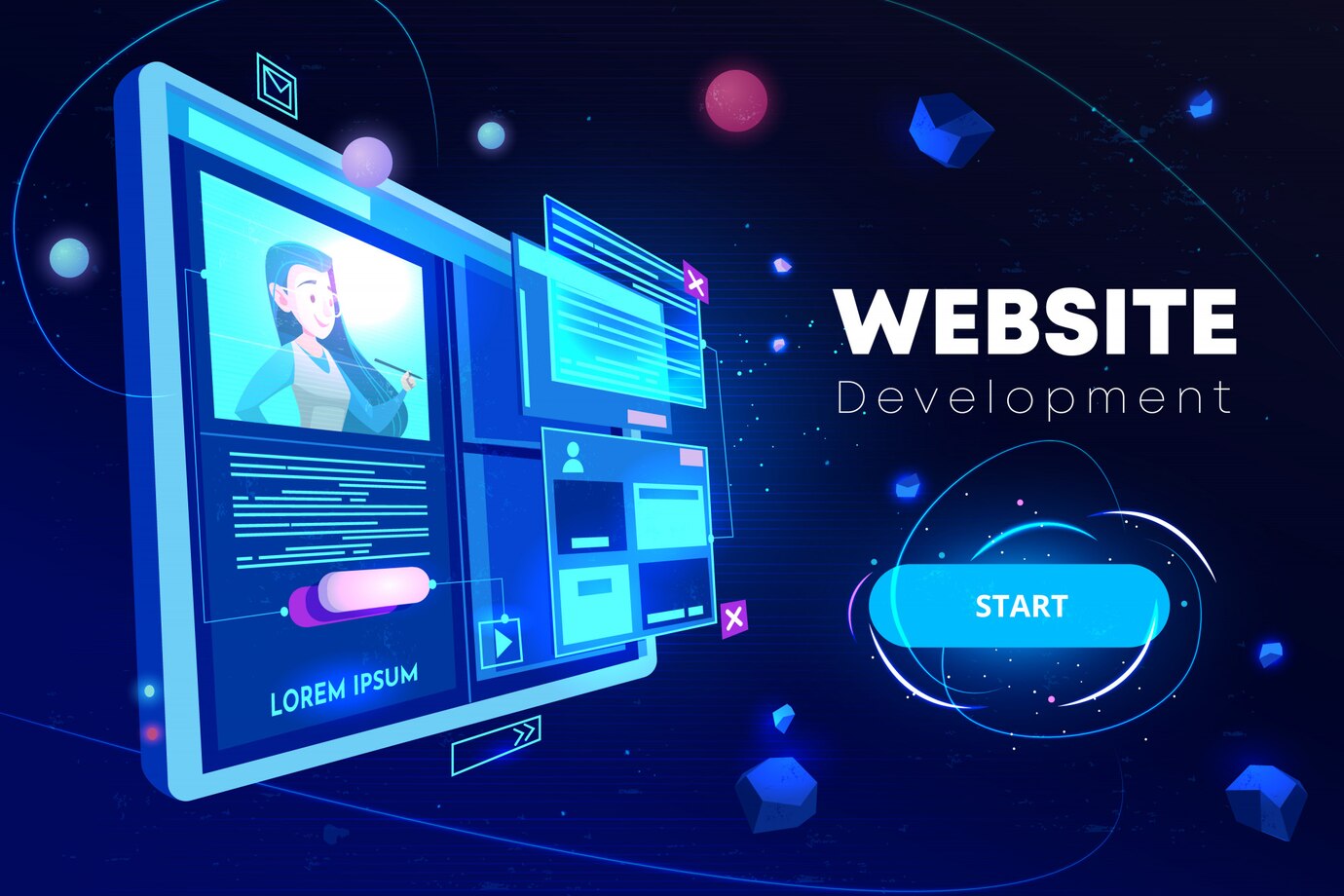
How to Turn Your App Idea into Reality – A Step-by-Step Guide
Do your mobile app ideas need startup guidance? You’re not alone. Many startup owners and businesses hoping to develop successful mobile applications face issues during the development stage. Developing a functioning app depends on planning steps first and hiring developers effectively while knowing user preferences correctly. In today’s guide, we will help you reach mobile application development success in Dubai with professional assistance.
Step 1: Determine the Actual Purpose of Your App Idea Clearly
You need to establish the main purpose of your app idea before moving forward. Start by asking yourself:
- What problem does my app solve?
- Who is my target audience?
- What makes my app different than any similar products in the market?
Write a complete document that shows essential app features, possible business plans, and user service standards. Check how well your idea fits the market through studies, improve your concept by using consumer feedback, and industry trends.
Step 2: Study the Industry Sector and Your Competitors
Before releasing your app, you must study your competitors to best position your product. Analyze successful apps in your market to understand their success factors and weaknesses, and identify gaps you can fill. Dubai tech market’s intense competition needs innovation and a well-defined value proposition to stay ahead.
Step 3: Decide Wisely on Your App Development Partner
You need to find the right mobile app development to be successful. You require developers, project managers, and designers to work together and understand your vision. When choosing a development company in Dubai, look for the following criteria:
- A strong portfolio of successful apps
- Experience in your industry
- Positive client testimonials
- A transparent development process
Step 4: Create a Prototype and Wireframe
Start app development only after building wireframes or prototypes first. It lets you visualize the app’s layout, functionality, and user flow. Desperate and Adobe XD are prominent tools to build prototypes during this phase. Prototype testing lets you discover problems before spending money on final development.
Step 5: Plan Your App’s Features and Tech Stack
Define all essential functions that need to exist in your Minimum Viable Product (MVP). Start with basic features only to create your initial product version. Determine the platform tools you will use since your app will be built on either original platform code or hybrid systems. Your choice must align with your budget, timeline, and scalability goals.
Step 6: Development Phase
The stage involves coding, backend components, and database setup. A good development team apply agile process models through regular delivery and system testing methods. Enterprises stay on schedule by providing reviews to developers to keep the project on track.
Step 7: Testing and Quality Assurance
Thorough testing is non-negotiable. Perform:
- Functional testing to check if all features function correctly
- Users should test how well the system works for a smooth user experience
- Security tests help protect personal user information
- The testing team evaluates the performance for app speed and responsiveness
Step 8: Deployment and Launch
The team deploys the app once all testing criteria are met. Submit your application to the App Store for iOS and Google Play for Android devices. Follow their rules and make your app listing more appealing to users with strong text and images.
Step 9: Marketing and User Acquisition
A really good app requires effective promotion to succeed in the market. Use digital marketing strategies such as:
- App Store Optimization (ASO) for better visibility
- Advertise on social media to make your product trends
- Influencer partnerships to boost credibility
- Paid ads for targeted reach
Use the first batch of users to test your product, collect feedback, and improve through performance improvements.
Step 9: Marketing and User Acquisition
A really good app requires effective promotion to succeed in the market. Use digital marketing strategies such as:
- App Store Optimization (ASO) for better visibility
- Advertise on social media to make your product trends
- Influencer partnerships to boost credibility
- Paid ads for targeted reach
Use the first batch of users to test your product, collect feedback, and improve through performance improvements.
Step 10: Post-Launch Maintenance and Updates
The launch only marks your first step toward building a successful app. Users must keep using your app successfully by getting regular product updates. Continuously check what users think about the app, solve problems, and bring in new functions people want.
Step 11: Monetization Strategies
Creating an app should focus on financial returns alongside core usability features. Decide on business models to make money before starting product development. Common monetization models include:
- Freemium: offering free basic functions, with premium payments to receive better services.
- Subscription: Users follow the subscription model by paying regularly to maintain their app service.
- In-app purchases: Sell digital goods, additional features, or virtual currency.
- Advertisements: Monetize with banner ads, video ads, or sponsorships.
The right app model depends both on your application does and its target audience.
Step 12: Proper legal protection is necessary during mobile app development process
Some of the key areas to address are:
- State how your app and application manage user personal information in clear public documents.
- Secure copyrights and trademarks for unique content.
- Abide all rules about personal data protection both locally and globally.
A legal expert will help you avoid problems with your app.
Step 13: Performance optimization creates a smooth user interface. You can achieve high app performance by
- Reducing unnecessary code and assets to optimize app speed.
- Set up data storage systems to reduce server processing needs.
- Keeping the app up to date will ensure that it runs smoothly and bugs will be fixed.
- Check the app with other devices so you can be sure the app is compatible.
A poor performing app risks losing users, making steady performance an essential part of mobile development.
Step 14: Building your user base – Engaging with your audience is important for building loyalty. Some strategies are
- Organize online platforms or forums for community members to talk about the app.
- Encouraging user-generated content and reviews.
- Give users promotional deals when they register or refer others to join.
The stronger the connection of the users, the more likely they’ll find you and more likely they’ll keep using and recommending your app.
Step 15: Future-Proofing Your App for a Long-Term Success
Your app must change as per the evolving technology. Stay ahead by:
- Keeping up with industry trends and technological advancements.
- Regularly analyzing competitor updates.
- Expanding features based on user demands.
- Exploring AI, AR, and blockchain integration for innovative functionalities.
Adapting to future changes ensures your app remains relevant and competitive.
Importance of User Feedback
Your app develops better over time through genuine user feedback. Monitor how users act within the app and detect where they have difficulties. The more you optimize, the better the user experience.
Security and Compliance Checks
Security audits help the company keep its users’ information safe and follow official rules. Data security becomes a top priority for users when their privacy stays protected because it improves trust and builds reliability in our services.
Scaling Your App
Your app needs to handle growing user loads when people begin using it. Prepare your system for increased traffic, boost performance, and explore new markets if needed.
Why Choose Sky Tech Cyber Cloud?
If you are looking for top-quality mobile app development in Dubai, we at Sky Tech Cyber Cloud are here for you. We have demonstrated our skills in creating apps that perform exceptionally well by transforming creative concepts into market-ready products. Our team brings technology advances alongside user-designed solutions making your app excel against market competition. Our service includes managing your project that range from initial concept to product release, thus offering you a seamless experience.
Conclusion
It takes dedication and smart planning to create a successful mobile application, best team members, and efficient approach. These defined actions will help you turn your app concept into a successful launched product.
Strong start-up efforts, outstanding promotion, and ongoing improvements creates lasting success. Your business success in development depends on your selection of the appropriate development partner. If you are ready to launch your application project, take your first steps in technology development through our professional service and chosen development approach.
Related Posts
Odoo Customization & Development – Tailoring ERP for Middle Eastern Markets
Odoo Customization & Development – Tailoring ERP for Middle Eastern Markets Enterprise Resource Planning (ERP)…
The Significance of Multi-Factor Authentication
The Significance of Multi-Factor Authentication Modern digital environments display cyber risks, which prove smarter and…
Red Flags That Indicate Your IT Strategy Is Outdated
Red Flags That Indicate Your IT Strategy Is Outdated Companies operating in the fast digital…
Why Personalized Web Design Is the Key to User Engagement
Why Personalized Web Design Is the Key to User Engagement In today’s digital world, users…







